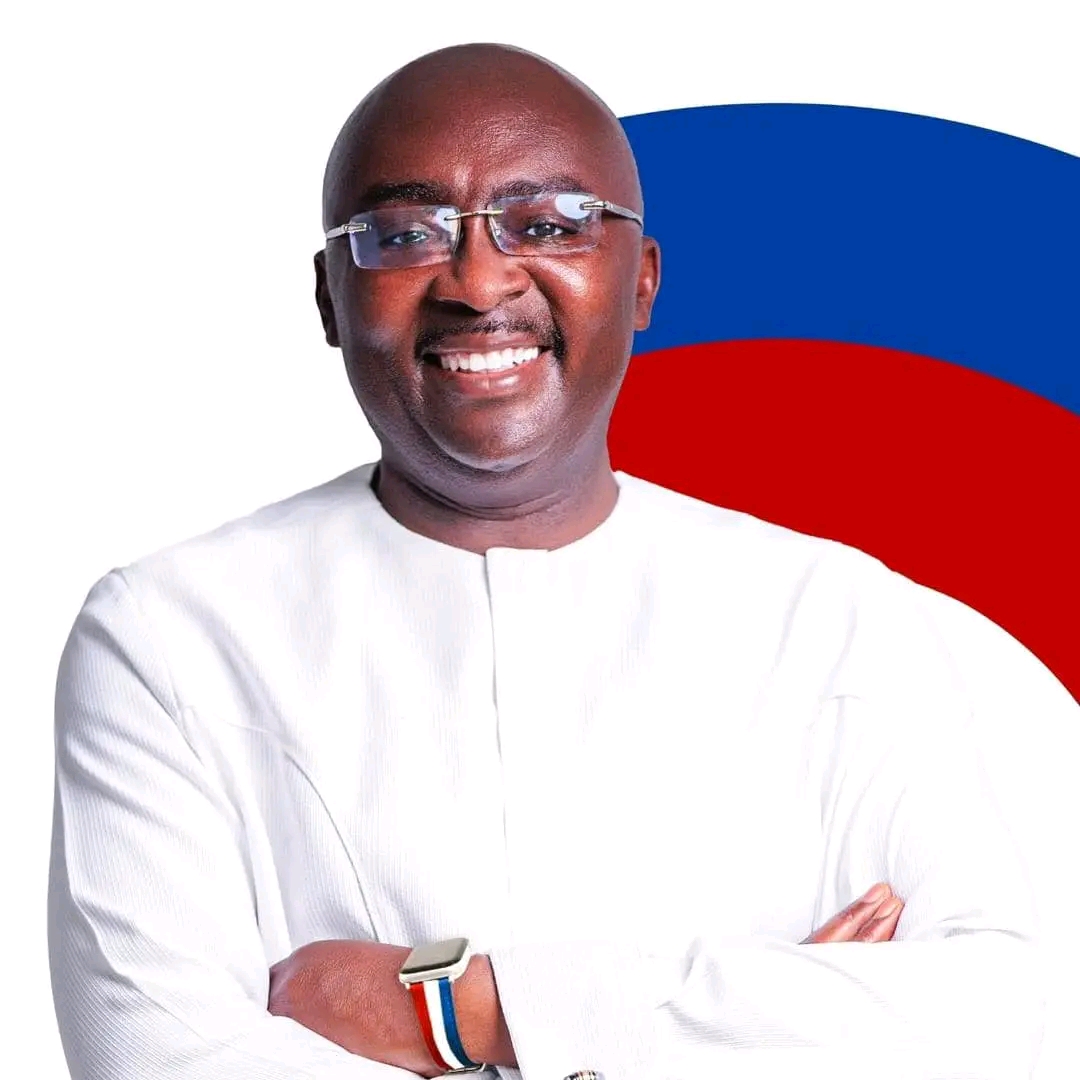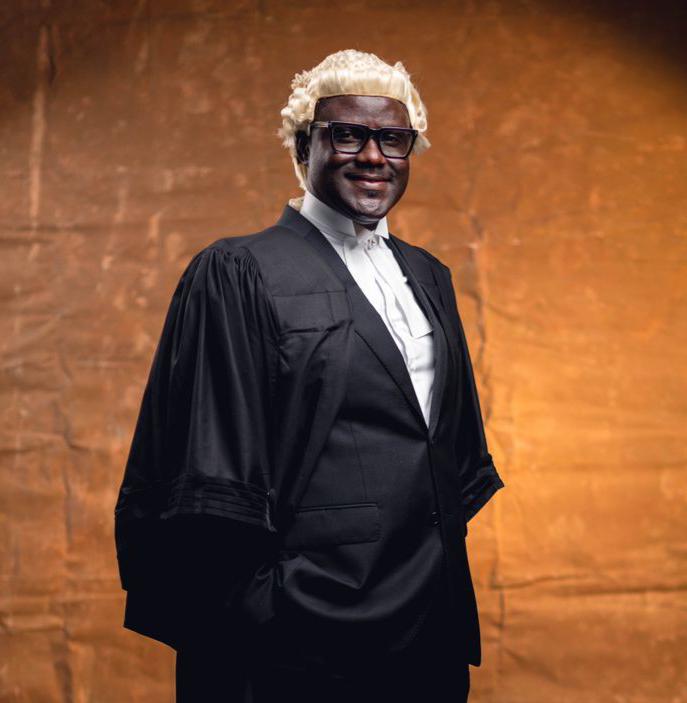
An Epileptologist and neurologist at the Korle-Bu Teaching Hospital, Dr Patrick Adjei, has advised persons living with epilepsy to seek medical care because the disease is treatable.
He said although treatable, a number of people living with the condition did not seek medical care because of the myths, stigmatisation and misconceptions surrounding the condition.
An estimated one per cent of the country’s 30 million population (about 270,000) are currently living with the condition.
Speaking to the Daily Graphic in an interview to mark this year’s International Epilepsy Day celebrated on the second Monday of February, Dr Adjei, who is also the Head of Medicine and Therapeutics at the Korle-Bu Teaching Hospital, said contrary to what people thought, epilepsy was absolutely a disease of the brain that was not contagious in any way, neither was it a mental or spiritual illness.
He said people living with the condition could live their normal lives with the right medications, while majority could be treated.
According to him, like any other health condition, epilepsy, when detected early, especially at a time that little damage had been caused to the brain due to less seizure attacks, could be treated.
Epileptic seizures
In a layman’s language, Dr Adjei defined epileptic seizures as a compromise in the communication system among the nerves in the brain, and likened it to a break in an electrical circuit.
However, he said, it was medically defined as a neurological disorder marked by sudden recurrent episodes of sensory disturbance, loss of consciousness, or convulsions, associated with abnormal electrical activity in the brain.
He said, among other things, the outward effects of the condition varied from uncontrolled shaking movements involving major parts of the body, with loss of consciousness, known as tonic-clonic seizure, to shaking movements involving only a part of the body with variable levels of consciousness known as focal seizure.
“A seizure that lasts for more than three minutes is a medical emergency,” he said.
Dr Adjei said the condition was either hereditary or could be caused by a hit on the head that affected the brain, causing a scar or other forms of brain injuries, trauma, strokes, brain tumors or any condition that affected the neurology of the brain.
Epilepsy and seizures
Dr Adjei said there were different types of seizures, and epilepsy was just one of them, adding that all epileptic seizures started from the brain but not all seizures started from the brain.
“Some seizures are caused by conditions such as low blood sugar (hypoglycaemia) or a change to the way the heart is working. Some very young children have ‘febrile convulsions’ (jerking movements) when they have a high temperature. These are not the same as epileptic seizures,” he said.
He said everyone had the potential of having a single epileptic seizure at a point in a person’s life, but explained that that did not mean an affected person automatically had epilepsy.
Dr Adjei explained that seizures in some people were triggered by certain situations, such as tiredness and lack of sleep, stress, alcohol and not taking medication, saying those who knew what triggered their seizures might be able to avoid those triggers and so lessen the chances of having a seizure.
Home management
Dr Adjei said epileptic attacks could last not more than three minutes and warned that any attempt to stop it or interrupt the violent movement of the patient could be more injurious to the affected person.
“During a convulsive seizure you should never hold the person down or force to put anything in his or her mouth, since that could rather cause more harm to the patient,” he said.
Dr Adjei said forcing to hold the person down might cause bone fractures due to the muscle contraction, while forcing things into the mouth of the patient could cause a removal of teeth, which the patient could swallow.
He advised that affected persons should be helped to lie down gently while loosening all tight clothing such as ties and belts.
“We should also take away anything that could hurt the affected person such as sharp and hard objects.
We should get something soft to place under the head or under the feet to avoid hitting the head on the ground in the process,” he said.
He said onlookers should immediately help the person seek medical attention at a healthcare facility.
Source: Graphic.com.gh






